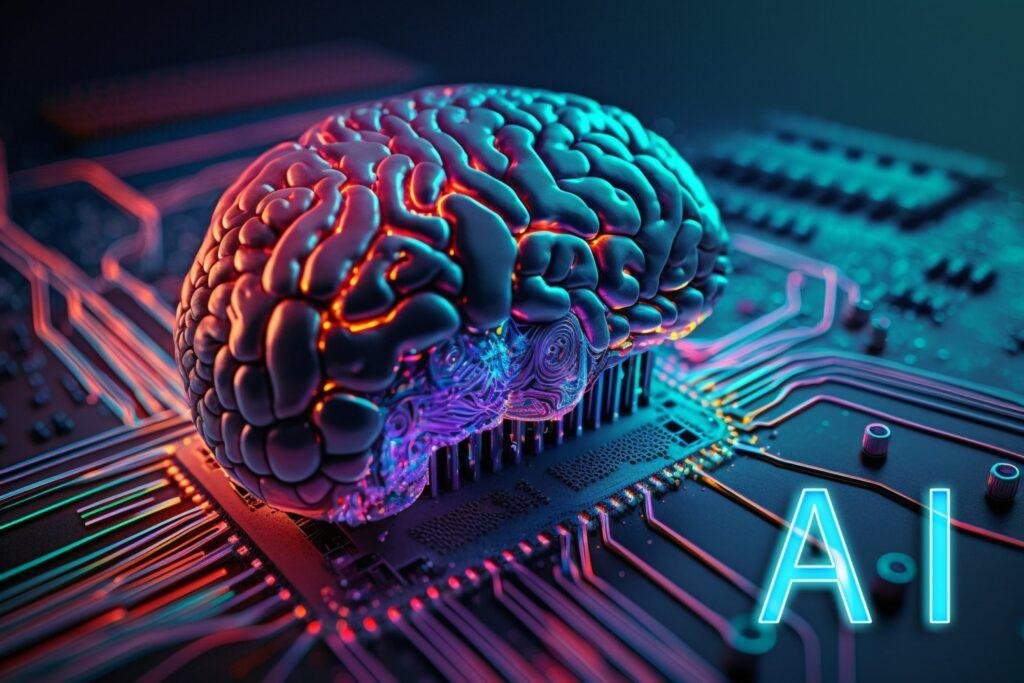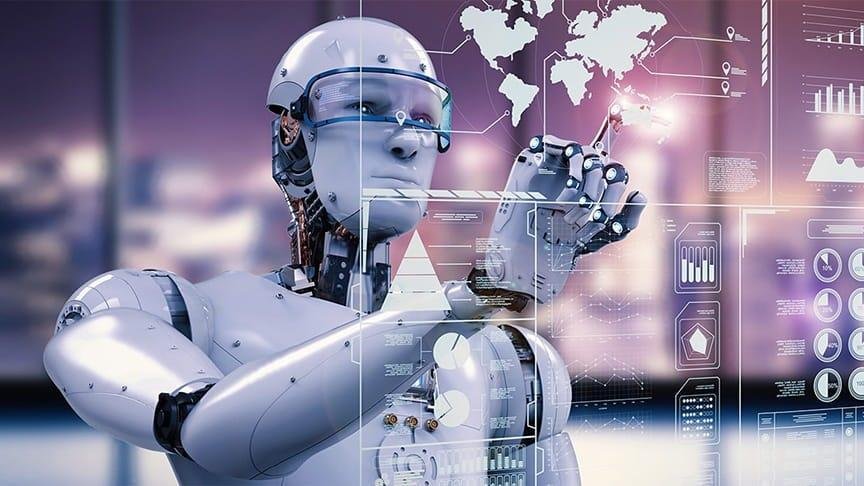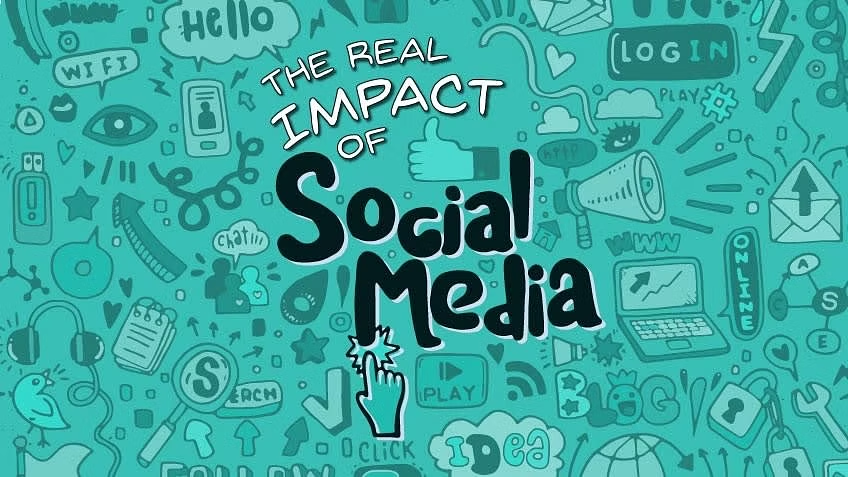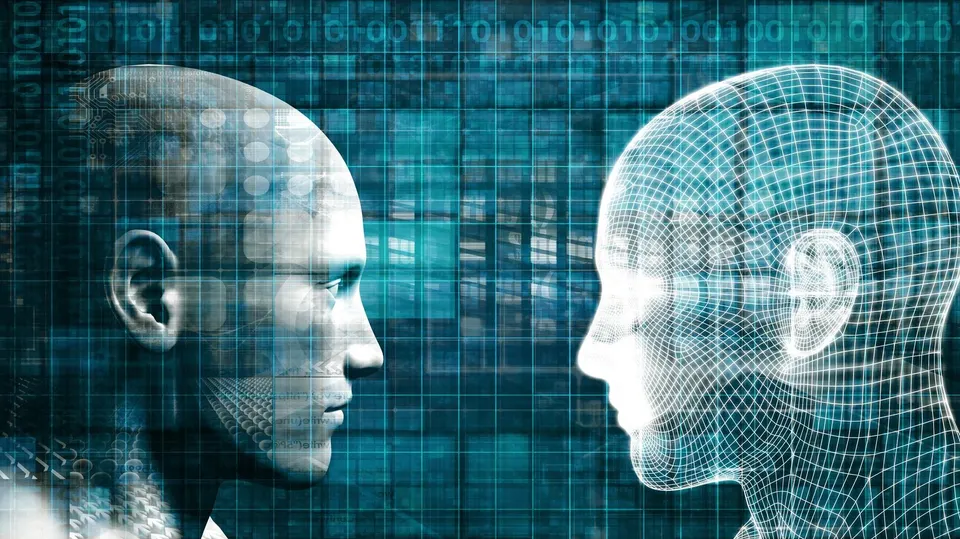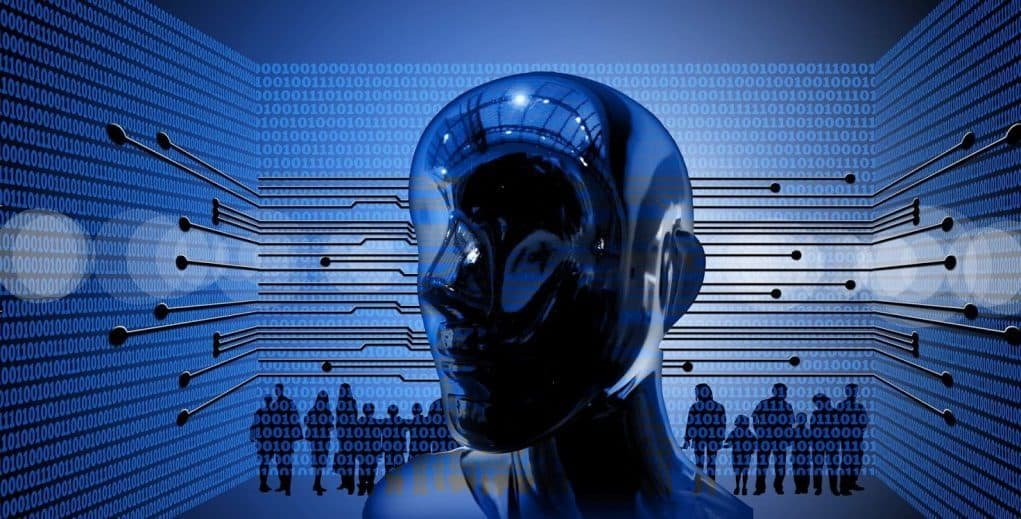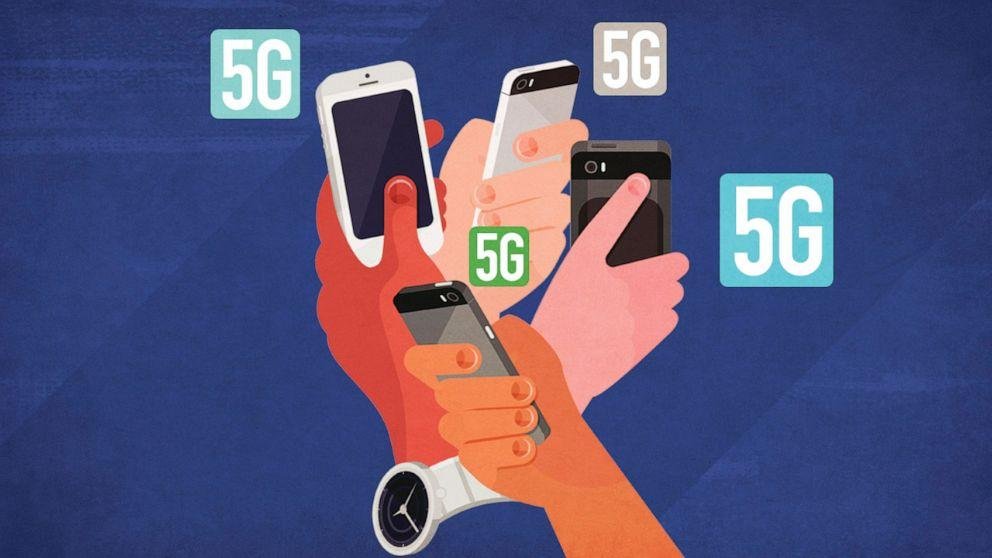Computer security: cybersecurity
Computer security, also known as cybersecurity, is a critical aspect of modern technology that focuses on protecting computer systems, networks, and data from unauthorized access, cyberattacks, and other security threats.
Types of Computer Security:
As technology becomes increasingly integrated into various aspects of our lives, ensuring the security of computer systems has become a top priority to safeguard sensitive information also maintain the integrity of digital infrastructures.
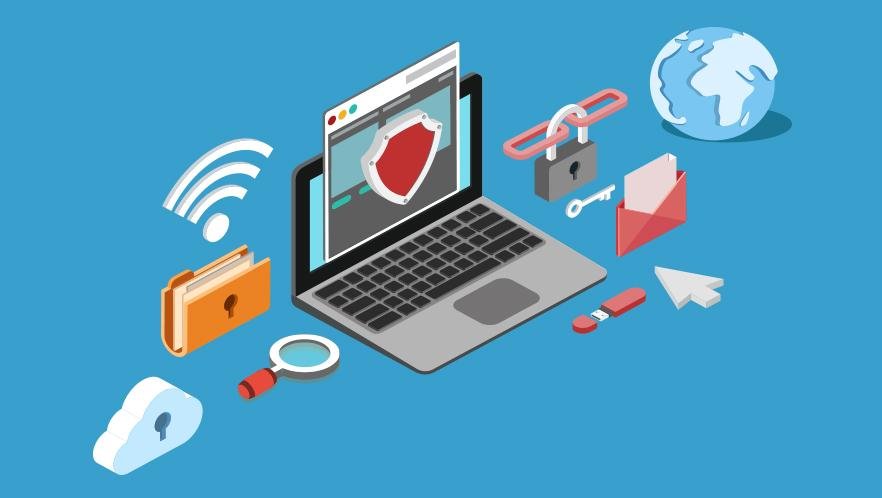
Computer security encompasses various layers of protection.
These include physical security measures to prevent unauthorized physical access to computer hardware, network security to secure data transmission and prevent unauthorized network access, also data security to protect sensitive information from unauthorized disclosure or modification.
Cyber Threats:
The field of computer security addresses a wide range of cyber threats, such as malware (viruses, worms, Trojans), ransomware, phishing attacks, data breaches, denial-of-service (DoS) attacks, and social engineering exploits.
These threats can cause significant financial losses, privacy violations, also damage to the reputation of individuals and organizations.
Importance of Computer Security:
Computer security is vital for individuals, businesses, governments, also institutions alike. Protecting personal and financial information is crucial to prevent identity theft and financial fraud.
For businesses and organizations, secure computer systems are essential to safeguard sensitive customer data, intellectual property, also proprietary information.
Security Best Practices:
Implementing robust computer security measures involves a combination of technology, policies, and user awareness.
Some best practices include using strong and unique passwords and keeping software and operating systems up-to-date with security patches. Encryption for sensitive data, enabling firewalls also antivirus software, also conducting regular backups to prevent data loss.
Cybersecurity Professionals:
To address the evolving landscape of cyber threats, cybersecurity professionals play a vital role in organizations. They implement security measures, detect and mitigate breaches, also stay informed about emerging threats and technologies.
Challenges and Future Trends:
Computer security faces ongoing challenges due to the ever-evolving nature of cyber threats. Cybercriminals continuously develop new attack techniques, making it necessary for security professionals to stay proactive and adaptive.
Emerging technologies like AI and IoT introduce new security concerns that must be addressed.
Conclusion
Computer security is a fundamental pillar of the digital age. It is essential to protect our digital assets, privacy, and critical infrastructure from the constant and evolving threats in cyberspace.
By adopting strong security measures, promoting cybersecurity awareness, and investing in skilled professionals. We can create a safer digital environment for individuals, organizations, also societies as a whole. 온라인카지노


